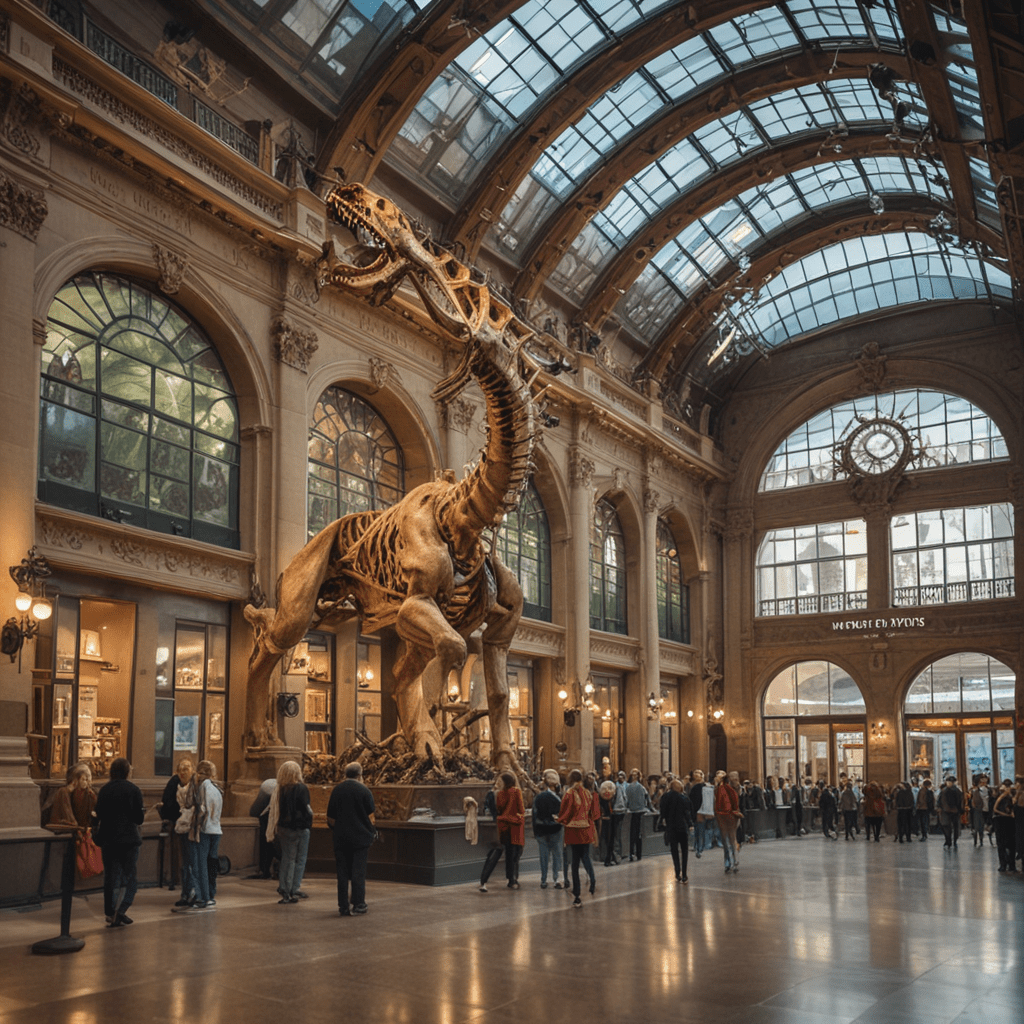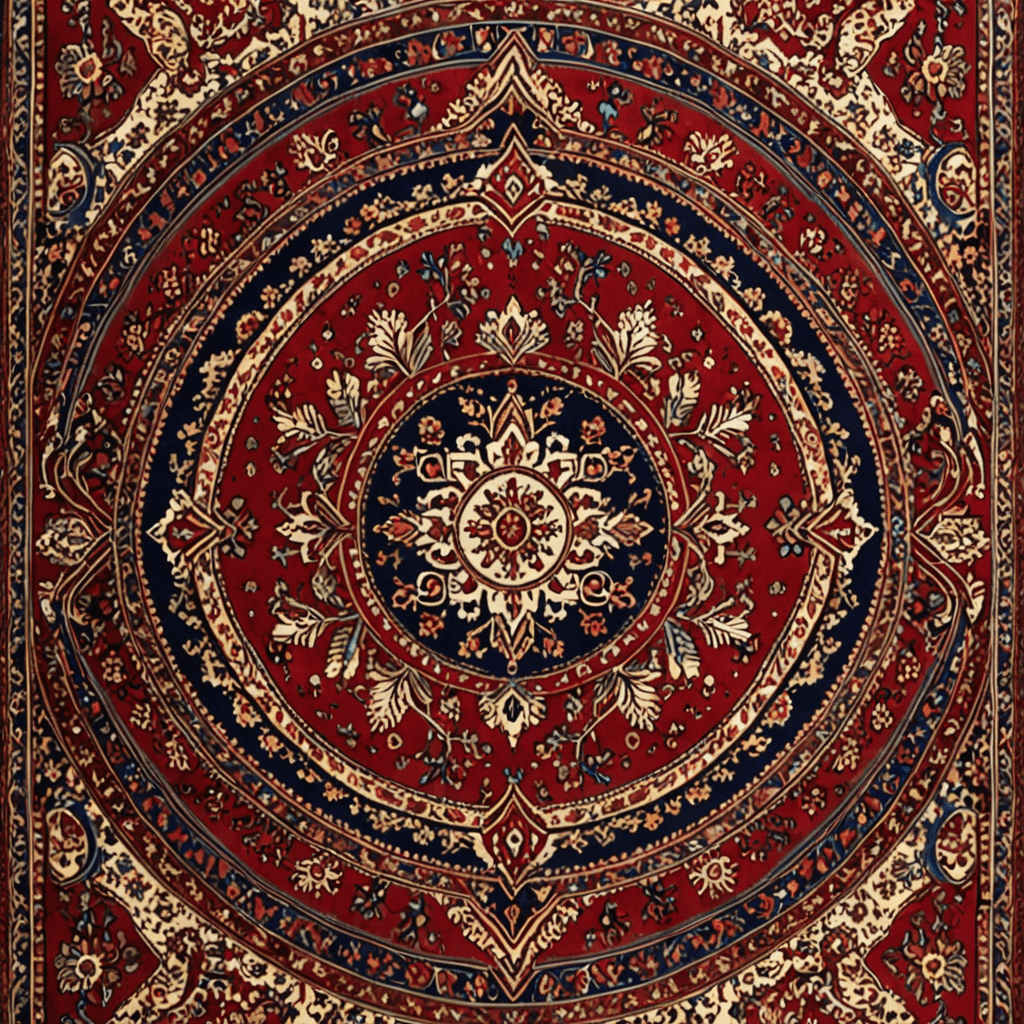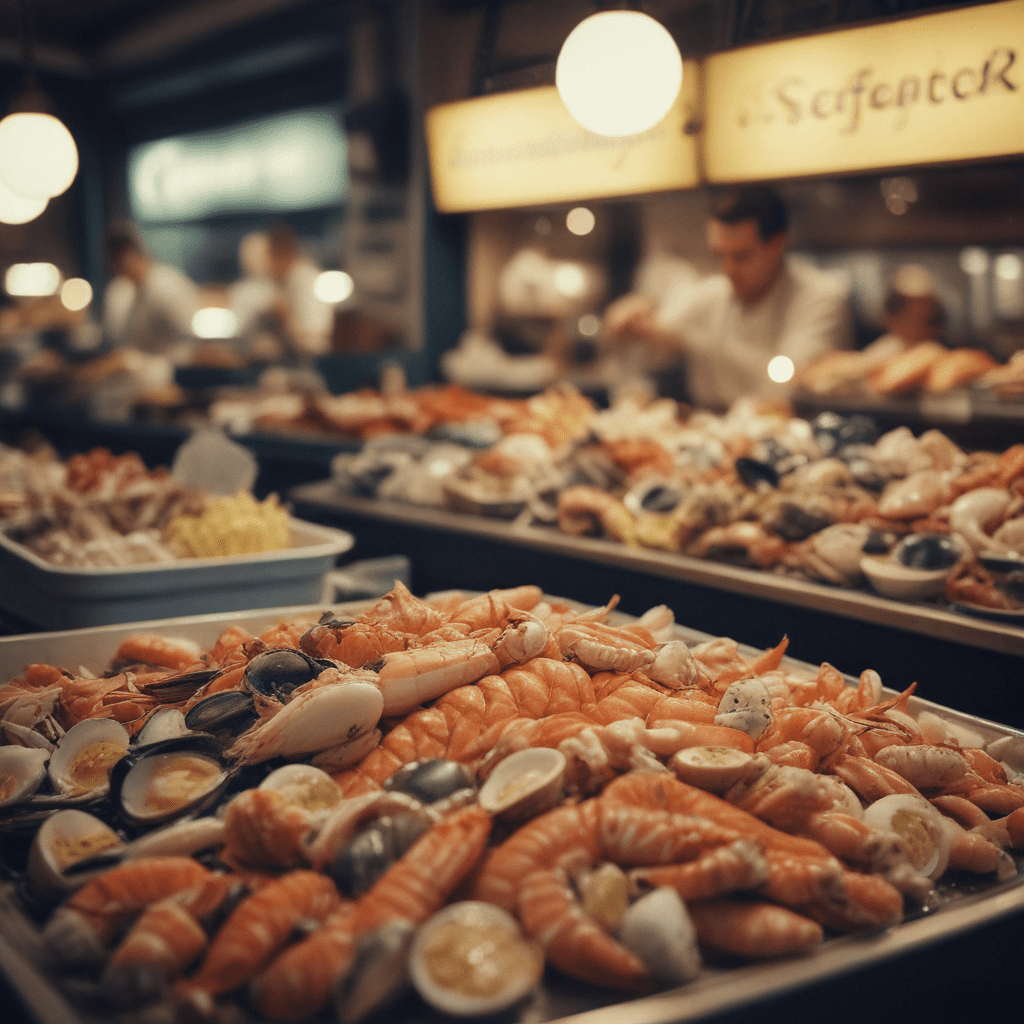
Visiting the Museum of Natural History, Vienna
Nestled in the heart of Vienna, Austria, the Museum of Natural History is a majestic institution dedicated to exploring the wonders of the natural world. With its vast collections, captivating exhibitions, and renowned research programs, it ranks among the world's leading natural history museums.
History and Architecture of the Museum
Founded in 1750 by Empress Maria Theresa, the Museum of Natural History has its origins in the imperial collection of curiosities and natural specimens. The museum's current neo-Gothic building, constructed between 1871 and 1891, is a testament to the grandeur of the Austro-Hungarian Empire. Its ornate façade and spacious halls create an awe-inspiring setting for the museum's diverse exhibits.
Permanent Exhibitions
The Museum of Natural History houses an extensive collection of over 30 million specimens distributed across three main sections: Anthropology, Earth Sciences, and Zoology. Each section offers a comprehensive exploration of a specific aspect of natural history, showcasing the diversity and complexity of the world around us.
Anthropology
The Anthropology section features exhibits on human evolution, cultural diversity, and the relationship between humans and the environment. Visitors can trace the journey of human evolution from early hominids to modern humans, explore the customs and traditions of different cultures, and learn about the impact of human activities on the planet.
Earth Sciences
The Earth Sciences section delves into the geological and paleontological history of the Earth. Stunning displays showcase minerals, fossils, and rocks, providing insights into the formation and evolution of our planet. Visitors can explore interactive exhibits on volcanism, earthquakes, and the interconnectedness of Earth's ecosystems.
4. Temporary Exhibitions and Special Events
Complementing its permanent exhibitions, the Museum of Natural History regularly hosts temporary exhibitions and special events that delve into specific themes and topics. These exhibitions often feature cutting-edge research, immersive installations, and hands-on experiences that bring the natural world to life for visitors of all ages.
5. Research and Education
The Museum of Natural History is not only a repository of knowledge but also a hub for scientific research and education. Its team of renowned scientists conducts groundbreaking research in various fields, contributing to our understanding of the natural world. The museum also offers educational programs, workshops, and lectures for students, families, and the general public, fostering a lifelong appreciation for the wonders of nature.
6. Accessibility and Visitor Information
The Museum of Natural History is fully accessible to visitors with disabilities. Wheelchairs, audio guides, and accessible tours are available to enhance the experience for all guests. Visitor amenities include a cloakroom, a cafeteria, and a gift shop offering a range of souvenirs and educational materials.
7. Notable Collections and Artifacts
Among the museum's vast collections are several notable items that attract visitors from around the world. These include the Venus of Willendorf, a prehistoric figurine that dates back over 25,000 years; the "Lucy" fossil, one of the most complete hominid skeletons ever discovered; and a giant meteorite that crashed into the Earth millions of years ago.
8. Insider Tips for Visitors
To make the most of your visit to the Museum of Natural History, consider these insider tips:
- Purchase your tickets online in advance to avoid queues.
- Arrive early to explore the museum at a quieter time.
- Take advantage of the free guided tours offered throughout the day.
- Plan at least half a day to fully explore the permanent exhibitions.
- Allow time to visit the temporary exhibitions and special events.
- Consider visiting the museum during off-peak hours or weekdays for a more relaxed experience.
9. Conclusion
The Museum of Natural History in Vienna is a treasure trove of knowledge and inspiration for anyone fascinated by the wonders of the natural world. With its diverse collections, captivating exhibitions, and renowned research programs, it offers an unforgettable journey through the realms of science and discovery.
10. Frequently Asked Questions (FAQs)
- What are the museum's opening hours? The museum is open daily from 9:00 AM to 6:00 PM.
- Is photography allowed inside the museum? Photography is allowed for personal use, but flash photography and tripods are not permitted.
- Are there any age restrictions for visitors? The museum is suitable for visitors of all ages.
- Is food and drink allowed inside the museum? Food and drinks are not permitted in the exhibition halls, but there is a cafeteria where you can purchase refreshments.
- Can I bring my luggage into the museum? Luggage and large backpacks are not permitted inside the exhibition halls.


